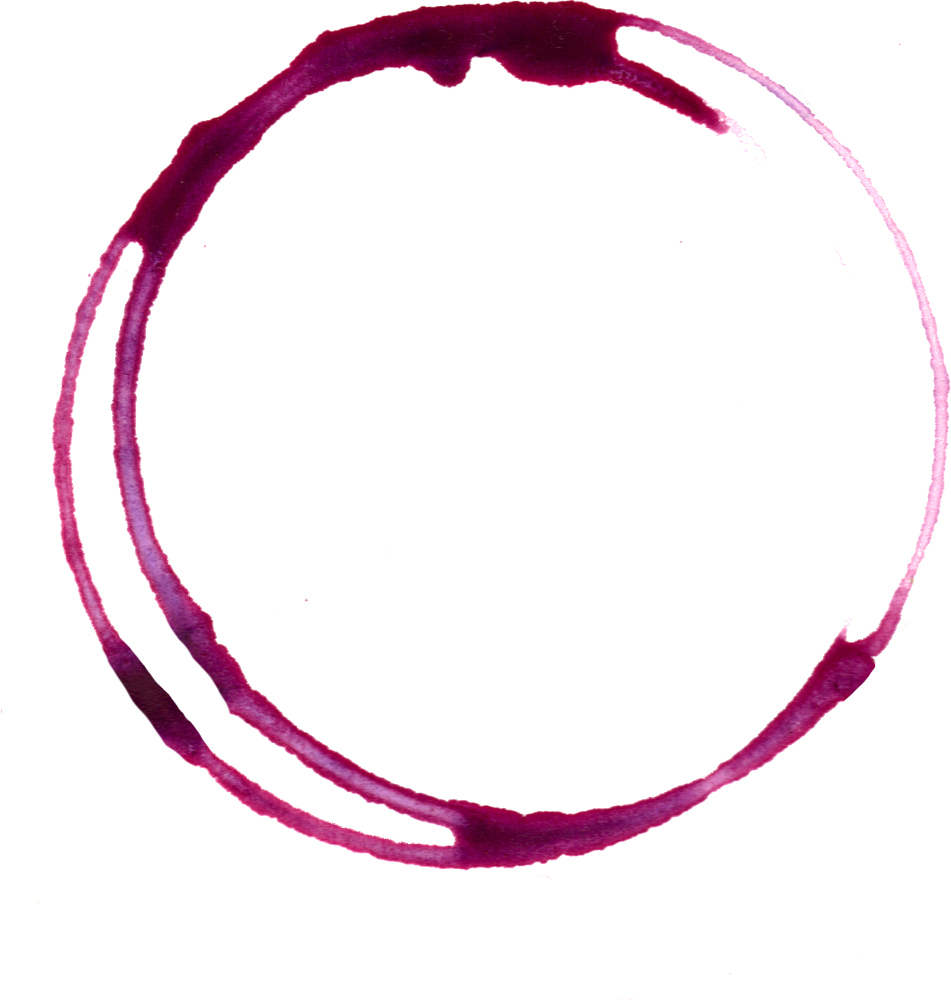If you drink wine in public, and let’s be serious, everyone should, then you have probably seen the increase in wine glasses being filled with a questionable light pinkish liquid lately. Wait! That’s not red wine. Wait! That’s not white wine. What is it? Must be white zinfandel, right? Ah, white zin. That gateway wine from Sutter Home or Beringer which can be found hiding on the back of every wine list in the country. That wine that everyone had when they were 19, thinking they were cool and cultured when the rest of your college friends were pounding beers. Well, you’re kinda right, but not enough to be proud of your white zin consumption all those years ago. Those days are better left forgotten.
What you’re seeing is evidence that we’ve reached the new age of rosé.
Over the past few years and as the temperatures creep up for the summer months, sipping rosé wines has become increasingly chic. Yes, rosé has been around for well more than a couple thousand years. And yes, rosé used to be the preferred wine of French nobility way back in the 14th century, relegating red wine to the poorer masses. But over the last century or so, with the changes in the taste pallet, the explosion in the artistry of winemaking and the advancement in winemaking business (not to mention advances in transportation allowing better distribution of fine wines), rosé had fallen out of favor with the masses.
Well, not any more. Kids, rosé is back and ready to be taken seriously. And honestly, on a hot day in the summer, there really isn’t much better than a cold bottle of rosé on a shaded patio. So, in an attempt to convince you to give these glasses of pink perfection at try, and to help you learn, order and facilitate your enjoyment of this resurgence in rosé, here are a few quick details to keep in mind. Oh, and regarding your questionable white zinfandel history, just tell everyone that you were drinking rosé before everyone else. After all, all white zins are rosés, but not all rosés are white zins.
Rosé can be made with any red, purple or black grape, just like all your favorite red wines, but the most popular are Tempranillo, Pinot Noir, Grenache, Sangiovese, Syrah, Mourvedre and Carignan for the dry variety, and Moscato, Merlot and Zinfandel for the more sweet styles.
Just as with other wines, there is a huge variance in quality of production. As a rule of thumb, stick with drinking rosé that is made from the best grapes of a certain region; Pinot Noir from Burgundy or Napa Valley, Tempranillo from Spain, Sangiovese and Nebbiolo from Italy (although Round Pond Estates in Napa Valley produces an absolutely fabulous Nebbiolo rosé), Grenache from Provence, Merlot from Bordeaux and Zinfandel from California, just to name a few. Check here for other grape region advice.
When tasting a rosé, start with the appearance. Different grape, different hue. The lighter of the wines, from Pinot to Carignan and Merlot, will display light fruity tones of strawberry, cherry and grapefruit. The darker you go, into the Grenache, Malbec, Zinfandel and Syrah will tend to be a bit more jammy and spicy, displaying elements of pepper, currant, and blackberry.
Funny thing is that rosé, basically shunned for all these years, is really showing some incredible quality and life. Don’t be shy. Some of the better wines are sought after and increasingly hard to find outside of wine growing regions. And, rosés aren’t really worth storing for long, so go pink or go home. Buy it and drink it before winter hits again and you’re back to drinking the same old boring Cabernet Sauvignon.
Featured on Examiner.com
Click and support: http://www.examiner.com/article/ros-by-any-other-name
